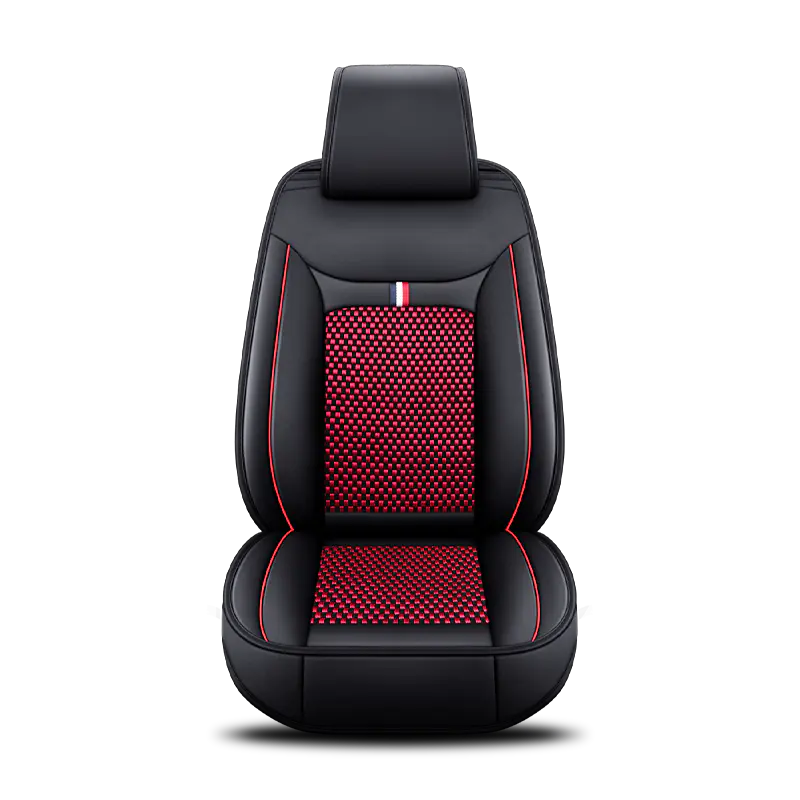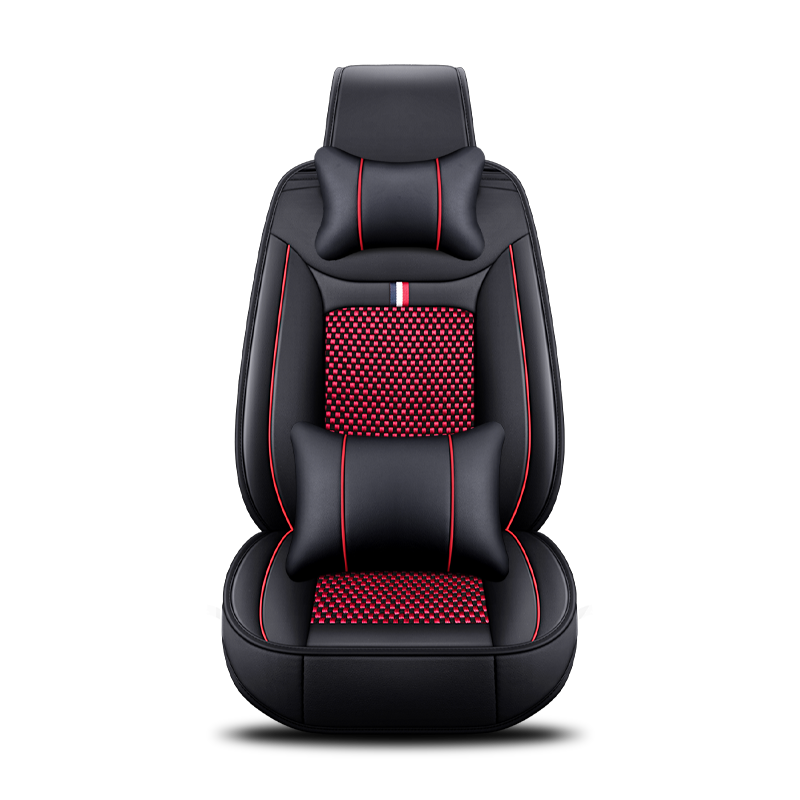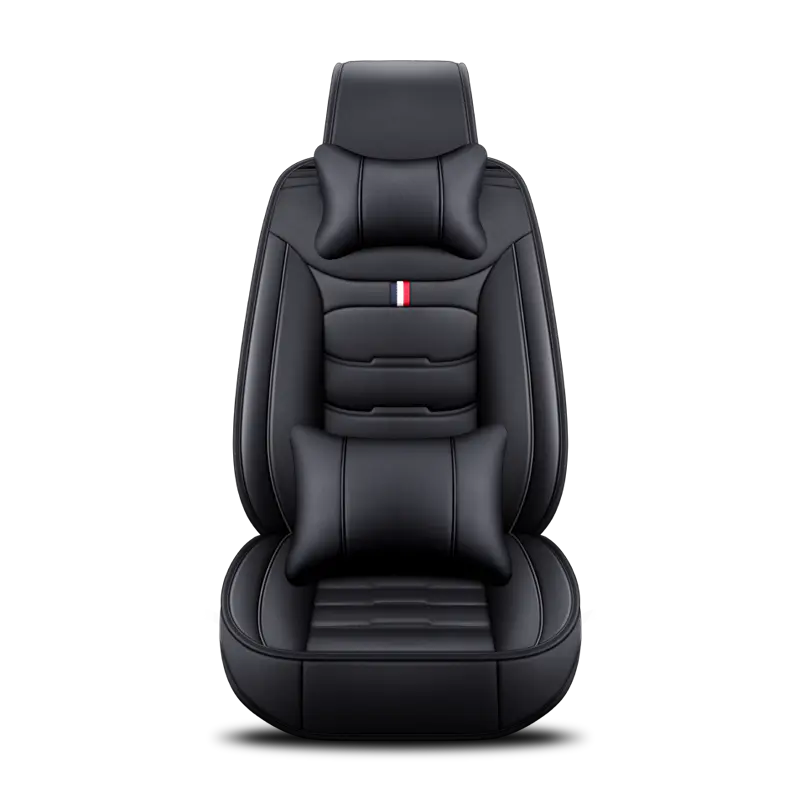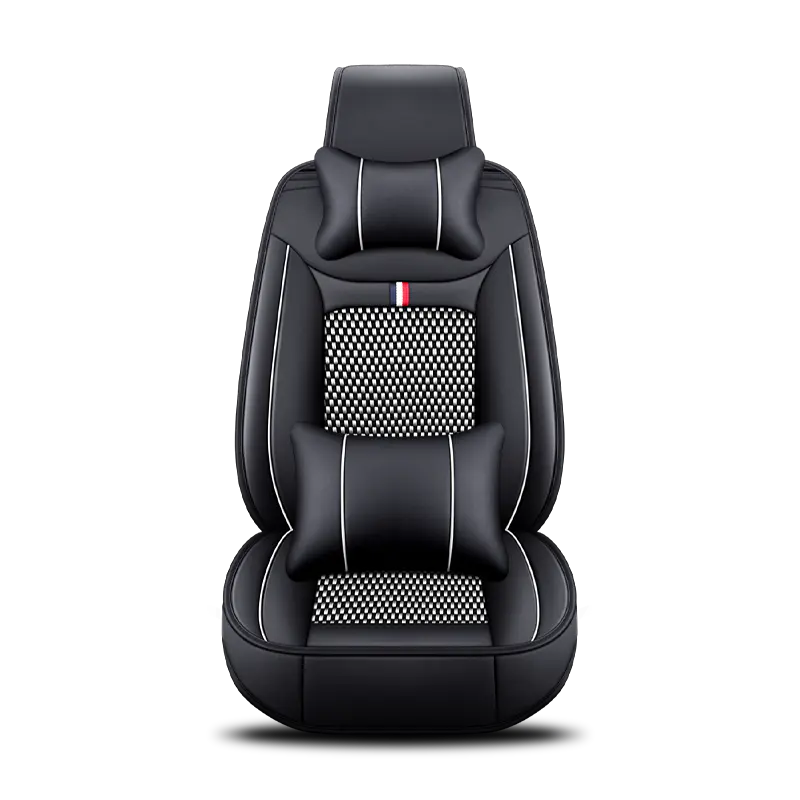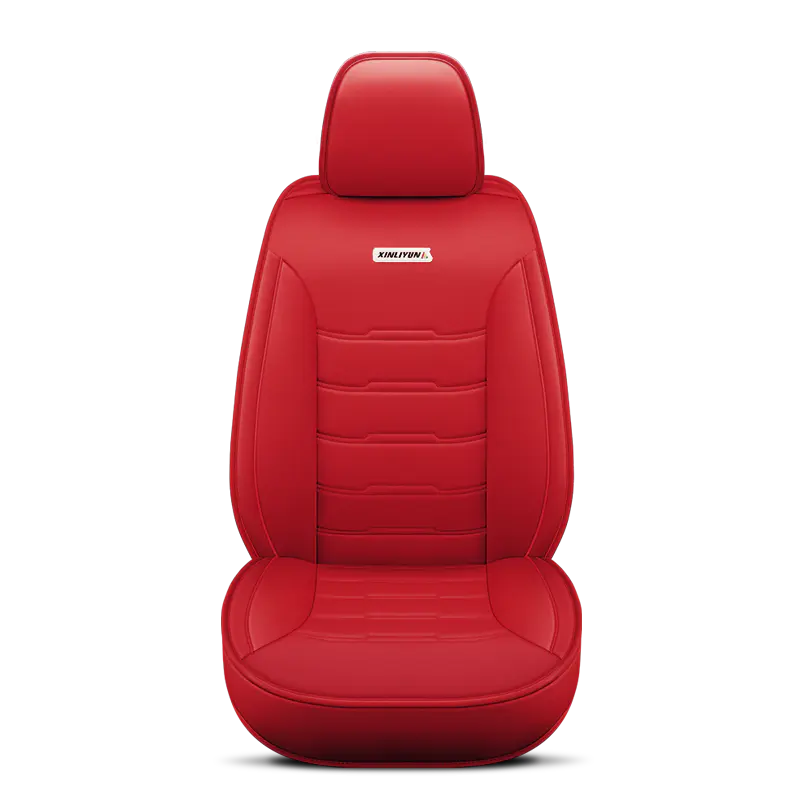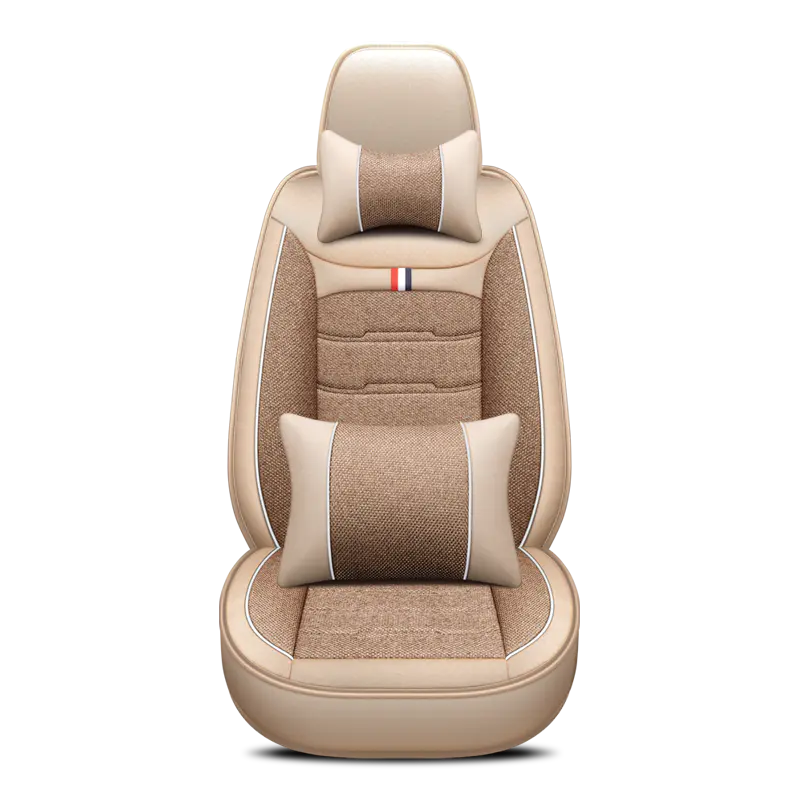The interior of a vehicle is a carefully curated environment, and for many drivers and passengers, the comfort and appearance of the seats are of considerable importance. A genuine leather car seat cushion represents a significant feature in this space, offering a blend of aesthetic appeal, durability, and tactile comfort. However, like all materials subjected to daily use, it is not impervious to the effects of time and wear. Determining the right moment to replace a genuine leather car seat cushion involves a balanced assessment of its physical condition, its functional performance, and considerations of hygiene and value. Recognizing the signs in these areas can help maintain the quality and comfort of the vehicle's interior.
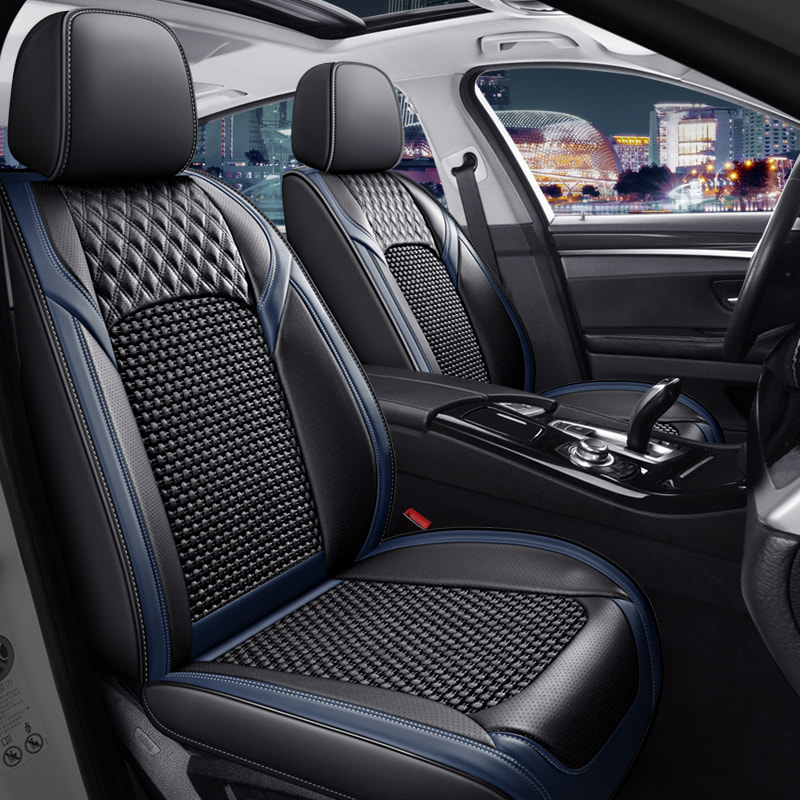
Assessing Physical Deterioration and Damage
The apparent indicators that a genuine leather car seat cushion may need replacement are visible and tangible changes to its surface and structure. These physical signs often develop gradually, providing clear cues over time.
One of the aspects to consider is the integrity of the leather surface. While minor scuffs can often be addressed with conditioning, the development of deep, numerous cracks or a surface that has become excessively stiff and brittle suggests that the natural oils have depleted beyond simple restoration. When the leather on a genuine leather car seat cushion loses its flexibility to this degree, it is more prone to tearing. Another significant physical indicator is wear on the stitching and seams. The threads that hold the cushion together are subject to constant pressure and friction. If the stitching begins to fray, break, or come undone, the structural integrity of the entire genuine leather car seat cushion is compromised, potentially seams splitting open. Furthermore, permanent discoloration or deep-set stains that cannot be removed through professional cleaning can detract from the interior's appearance. While a slight patina can add character, pronounced color fading or blotchy stains may indicate that the protective topcoat has worn away, leaving the genuine leather car seat cushion vulnerable to further damage and making replacement a consideration for both aesthetic and protective reasons.
Evaluating Comfort and Functional Integrity
Beyond mere appearance, the primary role of a seat cushion is to provide comfort and support during travel. A decline in these functional areas is a strong signal that the genuine leather car seat cushion may no longer be serving its purpose effectively.
A key functional element is the cushioning within the seat itself. Over years of use, the foam padding underneath the leather can compress and lose its resilience. This manifests as a noticeable sagging or a feeling of sitting "on" the seat rather than "in" it. If you can feel the underlying seat frame or springs through the genuine leather car seat cushion, it is a clear sign that the supportive qualities have significantly diminished. This lack of support can discomfort and fatigue on longer journeys. Additionally, the presence of persistent odors can be a functional concern. A genuine leather car seat cushion can absorb spills, moisture, and other contaminants over time. If unpleasant smells, such as those from mold, mildew, or spilled liquids, remain after thorough cleaning, the material may be harboring contaminants within its layers. This not only affects the driving experience but also raises questions about the cleanliness of the genuine leather car seat cushion. When the cushion no longer provides consistent comfort and a fresh environment, its functional value is compromised.
Considering Hygiene, Safety, and Resale Value
Some factors for replacement are less about immediate comfort and more related to long-term hygiene, safety, and the vehicle's overall worth. These considerations often provide the final justification for investing in a new genuine leather car seat cushion.
From a hygiene perspective, a heavily worn genuine leather car seat cushion can be difficult to keep clean. Micro-abrasions and small cracks in the surface can trap dirt, bacteria, and allergens. For individuals with allergies or a general preference for a clean cabin, a compromised surface can be a source of concern. Safety is another crucial, though less obvious, factor. A damaged genuine leather car seat cushion, especially one with torn seams or compromised structure, may not provide the intended stability and support in the event of a sudden stop or collision. While the seat's safety mechanisms are built into the frame, the cushion plays a role in keeping the occupant properly positioned. Finally, the condition of the interior is a significant component of a vehicle's resale value. A cracked, stained, or sagging genuine leather car seat cushion can substantially lower the perceived value of the car. For owners considering selling their vehicle in the future, proactively replacing a worn genuine leather car seat cushion can be a strategic investment that helps preserve the vehicle's market appeal and overall value.

